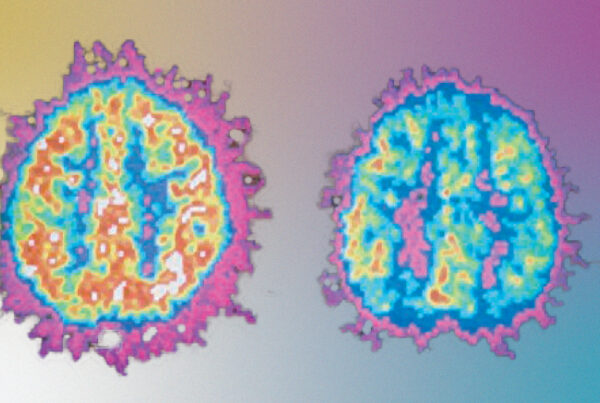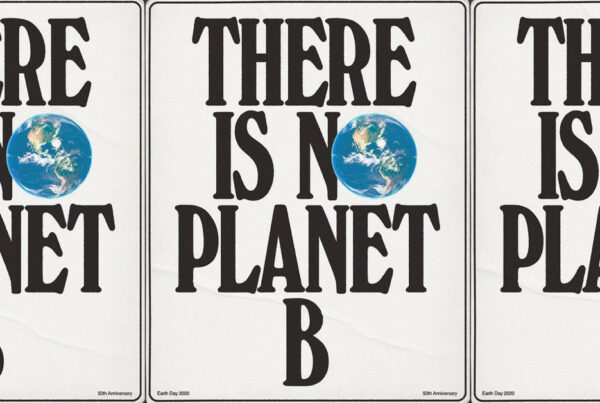Climate Change Math!
“Some winters are just warmer than others.”
“It’ll start getting cooler, just you watch.”
Maybe you’ve heard these sorts of climate change denial phrases from your relatives when you sit down together over the holidays, maybe even from the current President. They might tag on things like: “Well, we can’t prove that _____ is caused by climate change.” Insert real and logical phenomenons such as glaciers melting or wildfires raging. It’s always hard to argue with someone when they blindly believe the opposite of you, but, luckily, you have science on your side and they don’t! Today, I’ll quickly go over the ways that we can mathematically attribute some extreme weather events to climate change to level up your holiday arguments this year.
First, it’s important to understand the differences between climate and weather. Weather is random, like rolling a dice. Every time you roll, you have an equal chance of rolling a 1, 2, 3, 4, 5, or a 6, but you can’t predict what the roll is going to be. Climate is the probabilistic distribution of these individual weather events, often represented by the mean. This is like if we were rolling a dice a bunch of times, the expected value of the roll would be 3.5. 3.5 isn’t a number on the die, but it’s the average outcome (if this doesn’t make sense, read more about it here). Less mathematically: weather is one quarter of a football game and climate is the entire season. Thus, when we look at events like record heat waves or strings of wildfires, it’s not the weather that has changed, but the climate that has shifted, a reality scientists continue to predict. It’s like we’ve weighted the die and now we’re going to have more unlucky rolls.
Before I get too heated on the subject (pun not intended), let’s see how we can use this understanding of the weather and climate to calculate whether or not individual events are due to climate change. There are two different kinds of extremes that are typically of interest: frequency and severity. Frequency is the average time between events that exceed a particular magnitude. Examples of this would be measuring the number of days between temperatures over 100 degrees Fahrenheit, or the number of years between seasons with less than X inches of precipitation. The second measurement is magnitude, like looking at the hottest or coldest temperatures, or the driest summer in X years.
We can calculate the fraction of attributable risk and the fraction of attributable magnitude for individual weather events. Since we know that human activity (namely, burning fossil fuels) has shifted the climate, we can measure how much we have increased or decreased the probability of a weather event occurring.
By calculating the fraction of attributable risk (FAR), we are comparing the odds that this event would currently happen to the odds that the event would happen at some point in the past. A general formula to use is: 1-( Px(pre-industrial) / Px(today)), where Px is the probability of a certain weather event (like the temperature exceeding 100 degrees, or the amount of snow in one day exceeding two inches). Here, I referred to the point in the past as “pre-industrial” because we’re largely interested in comparing the climate before and after humans started burning fossil fuels. Here’s a theoretical example: if right now a maximum temperature of 100 degrees occurs every 4 days out of 1000 days (P=.004), but it only occurred 2 days out of every 1000 days in 1850 (P=.002), the FAR for a temperature of 100 degrees is 50%. In this example, if it’s 100 degrees outside, there’s a 50% chance that it’s due to global warming.

When we calculate the fraction of attributable magnitude (FAM), we are looking at the odds an event of a certain severity would occur now compared to some point in the past. An example of this would be if we noted that days with temperatures over 100 degrees occurred 15 times in a year. Then, we would look at the daily temperatures of a year in the pre-industrial period and see what high temperature occurred fifteen times. So a general formula looks like: 1- Mx(pre-industrial)/Mx(today), where Mx is the magnitude of the event occurring X times. So, for example, if M15 today was hypothetically 100 degrees and M15 of pre-industrial times was 90 degrees, the FAM would be 10%.
So now, when someone suggests that we can’t definitively say that any single event is caused by climate change, remember to stick to the facts. Whip out this kind of math and prove them wrong!
HERE is your call to action…
- Read this study about fraction of attributable risk and the 2003 heatwave in Europe
- Read this study about the likelihood of climate change influencing the precipitation levels of Hurricane Harvey
- Read this study that extends fraction of attributable risk calculations to a global scale
- If you’re a student, take a course about the climate crisis!
A lot of the information that I present here is adapted from this lecture:
Pacala, Stephen. “Lecture 8: Extreme Weather.” Environmental Nexus, Princeton University, September 18, 2020. Princeton, NJ. Lecture.

–Sophia Marusic, Content Creator






